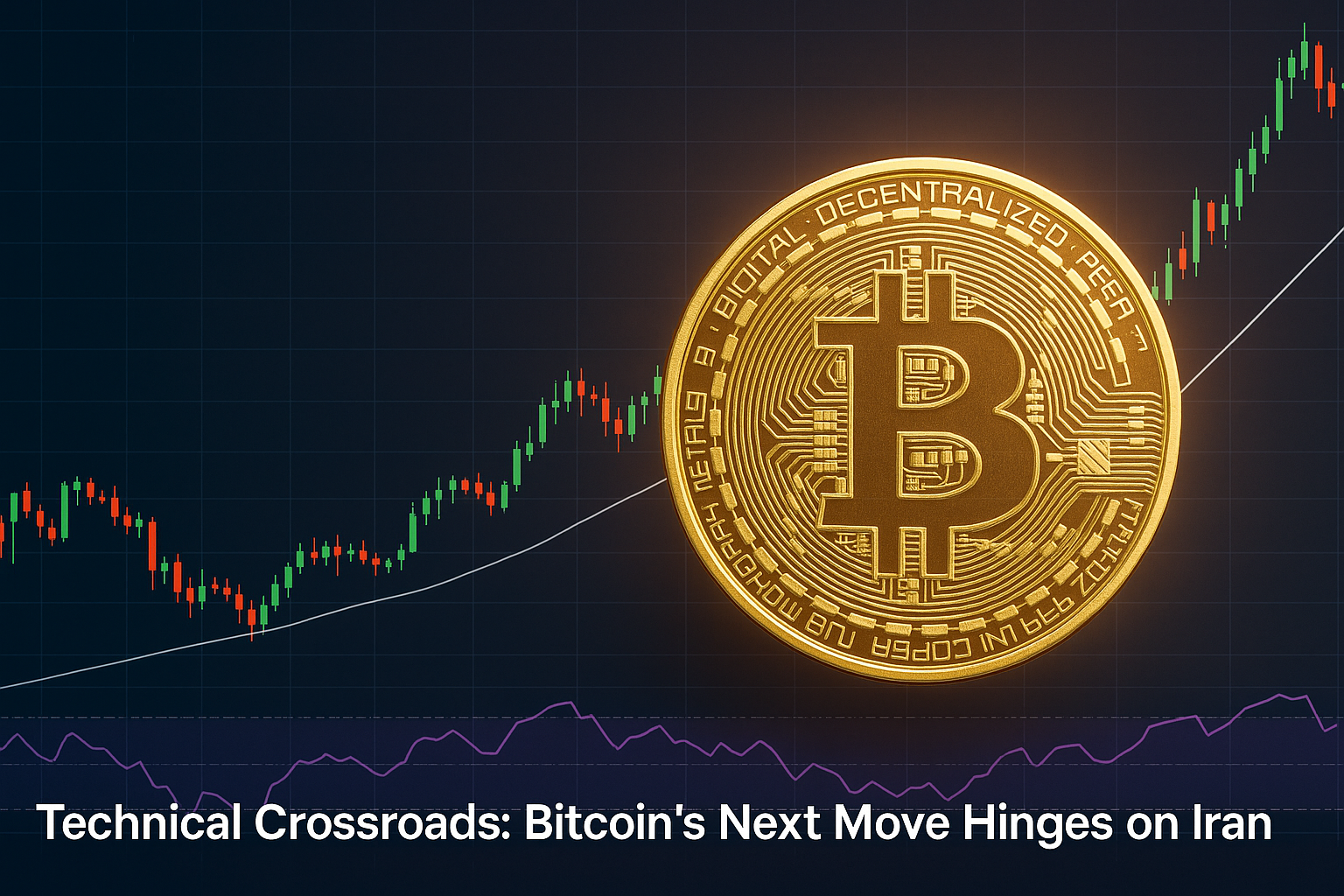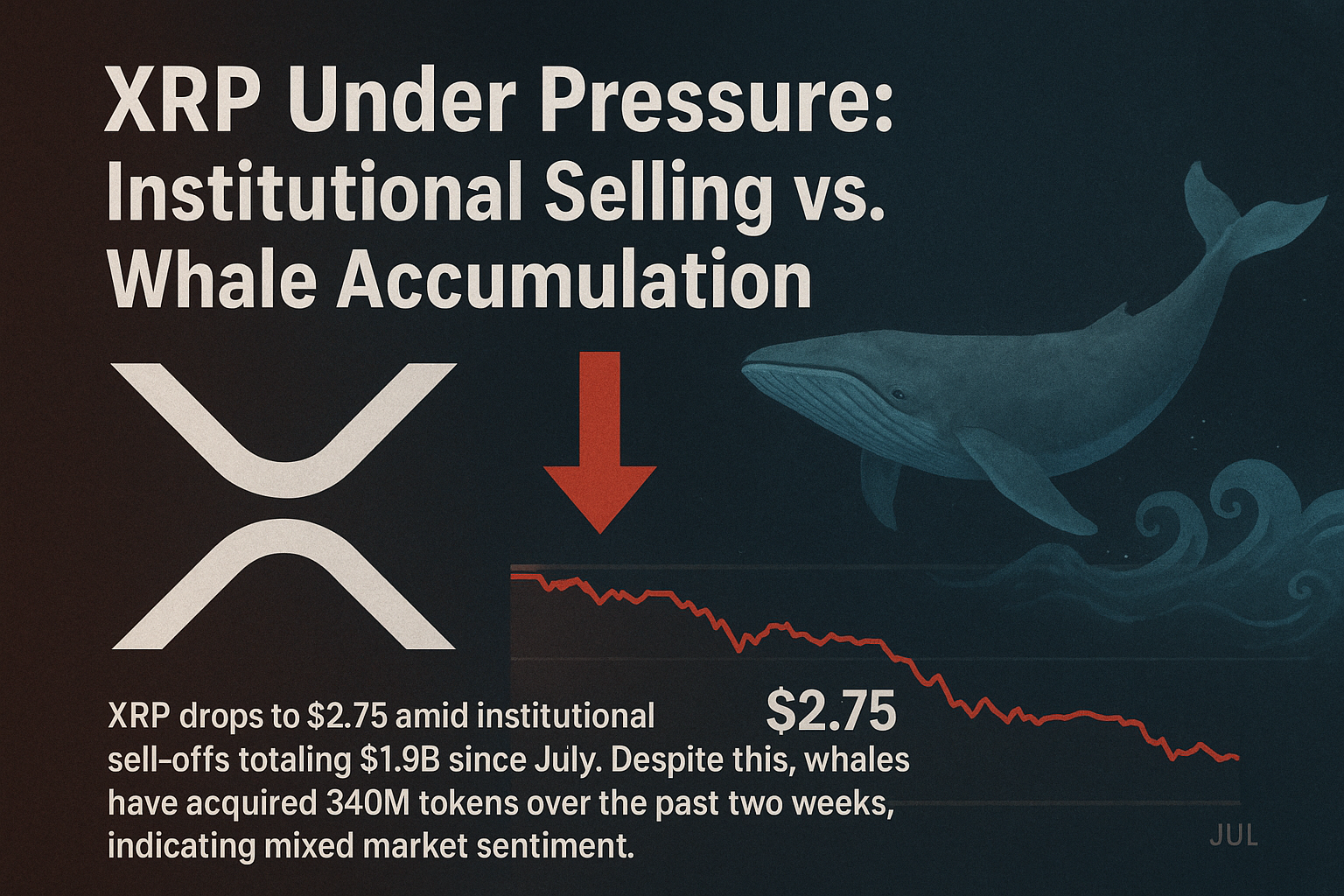When the crypto markets experienced a sudden $20 billion liquidation wave in early October, headlines rushed to declare “the biggest crash yet.” Traders panicked, exchanges flashed red, and skeptics cheered that “the bubble” had finally burst. But buried beneath the chaos and volatility lies a different story — one that’s arguably more important than the price charts: the system didn’t fail. It worked exactly as designed.
The Anatomy of a $20 Billion Liquidation
In traditional finance, a sudden $20 billion shock could have triggered panic-selling bans, halted trading, or required government intervention. Yet in the decentralized world of crypto, no one “paused” the markets. Instead, the blockchain’s mechanisms — liquidation engines, margin calls, and smart contract triggers — executed autonomously and transparently.
Major exchanges handled billions in liquidation volume without collapsing. Stablecoins held their pegs. Networks processed transactions smoothly. DeFi protocols automatically adjusted liquidity pools, absorbing shocks without human interference.
That’s not a breakdown — that’s resilience.
Stress-Tested by Volatility
Every financial system needs a stress test, and crypto gets one more often than most. Volatility is the price of transparency. What we saw in early October wasn’t a failure of crypto infrastructure but a validation of it. Systems were tested under extreme market pressure — and they survived.
Even projects with high leverage exposure, such as derivatives and perpetual exchanges, managed to contain losses thanks to automated liquidation models. Liquidity didn’t vanish overnight because blockchain’s open order books and decentralized liquidity providers ensured a continuous flow of trades.
A Market Built for Self-Correction
Unlike traditional financial systems, crypto doesn’t depend on central banks or bailouts. It operates on algorithms, incentives, and verifiable code. When bad actors take excessive risk, or markets overheat, liquidation engines and collateral requirements kick in — not to punish, but to protect the integrity of the network.
That’s the key difference: the crypto system corrects itself in real time. It doesn’t hide its weaknesses or delay adjustments until quarterly reports. Every transaction, loss, and liquidation is on-chain — a brutal but transparent feedback loop that builds long-term trust.
The Bigger Picture: Evolution, Not Erosion
The industry has matured dramatically since the collapses of Mt. Gox or FTX. Then, centralized mismanagement caused systemic failure. Today, decentralized systems are proving that algorithmic discipline can outperform human intervention.
What happened in October wasn’t an existential crisis — it was an evolutionary moment. The crash flushed out weak positions, reinforced strong protocols, and demonstrated that even under pressure, decentralized finance continues to operate without bailouts, without corruption, and without pause.
The Future of Resilient Finance
In a sense, crypto’s biggest crashes are its best teachers. Each event reveals weaknesses to patch and strengths to amplify. Developers analyze the data, improve smart contracts, adjust risk parameters, and prepare for the next cycle.
If this were a traditional market, regulators would be holding emergency meetings. Instead, in crypto, code already handled the emergency before the news even broke.




